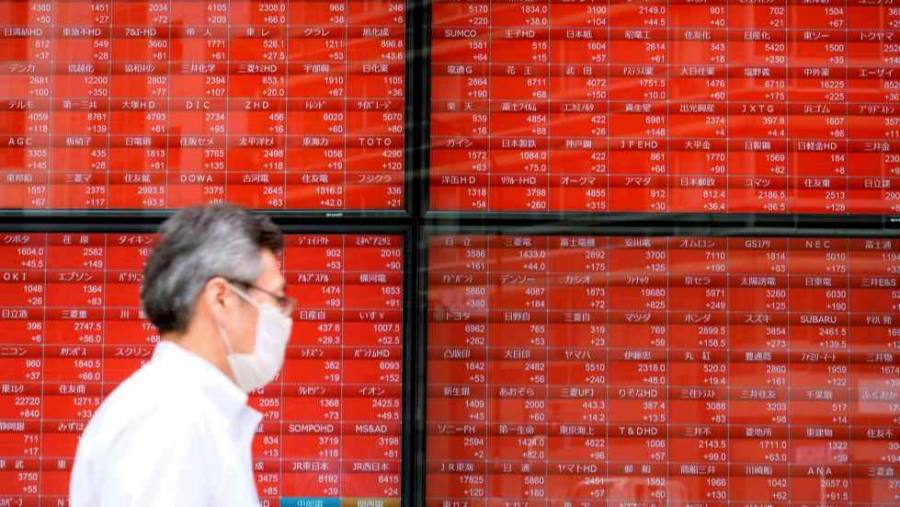Certain corners of the internet got pretty breathless about this week’s news that the Bank of Japan was buying bonds to defend its yield-curve targets.
But while the BOJ’s yield-curve control policy matters a lot for rates and currency markets, if investors focus too closely on the details of its implementation, they risk missing the bigger picture entirely.
The BOJ isn’t easing. It isn’t even offsetting other central banks’ bond sales and rate increases. As DoubleLine PM Bill Campbell argues in a piece out Wednesday, its policy is best seen as “stealth tightening.”
He elaborates:
Today, the BOJ is regarded by many as one of the last holdouts among the world’s major central banks that is maintaining easy monetary policy… The BOJ does appear to be pursuing loose money. This is the view of the BOJ as well . . .
[But] BOJ policy is contributing to a sell-down of Japan’s massive invested savings in foreign financial assets, a drain of global liquidity at a time when quantitative tightening (QT) by the world’s central banks already is removing liquidity from the markets.
Since the BOJ widened the target band for 10-year Japanese government bond yields to a range of -50bp to +50bp, yields haven’t tested the lower end of that range. Instead, yields have climbed across the curve, and on Tuesday the BOJ had to step in to keep 10-year yields below its higher target.
So even with officials’ assurances that they aren’t tightening policy, the yield-curve band adjustment was “an effective tightening of domestic financial conditions,” writes Campbell. In other words, as central-bank watchers wait for the end of yield-curve control, the end has already begun.
That beginning has come alongside an increase in currency-hedging costs for Japanese investors sending cash into foreign markets, in part because the interest-rate differential remains quite wide between Japan and other markets where central banks are raising rates. (The US, for example.)
Japanese investors have been repatriating their cash. Over the past year they sold foreign bonds at the quickest pace since the early 2000s (on a rolling one-year basis).
Call the repatriation a “riptide” of sorts. “It’s happening under the surface, and I haven’t seen a lot of people referring to it,” Campbell told FT Alphaville on Tuesday.
Currency hedging costs haven’t been much of a problem for Japanese investors so far in 2023; the yen has been depreciating against the dollar, so they haven’t really needed to hedge much. But the repatriation trend could pick up speed after allocators’ board meetings in the fiscal new year this spring, Campbell said, and that could help stabilise the yen.
And in Campbell’s view, if Japanese inflation keeps heating up, the central bank will further loosen its grip on the yield curve, which should lead the yen to appreciate against other major currencies. If global central banks tighten so aggressively that the global economy is pushed into a recession, Japanese investors will flee to the safety of domestic markets, also leading to a stronger yen.
The biggest risks arise in the messy scenarios that fall in between those two options, in his view. More yen depreciation would require the BOJ maintaining its yield-curve control with no global recession and higher inflation, all under the new leadership of Kazuo Ueda. Doubleline’s Campbell says that’s unlikely in the long run.
Until investors figure out what direction the global economy (and YCC) will take next, volatility may be unavoidable.
Read the full article here




